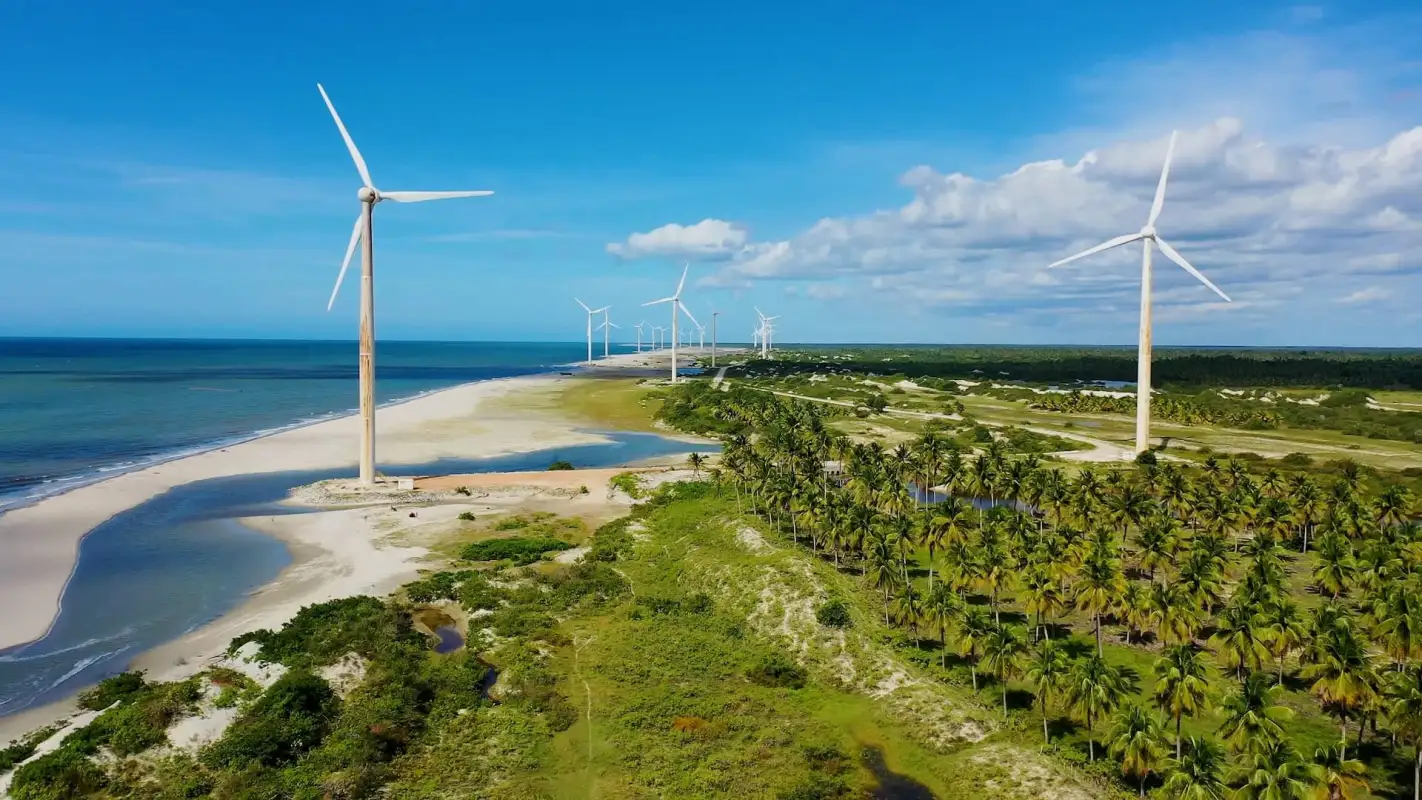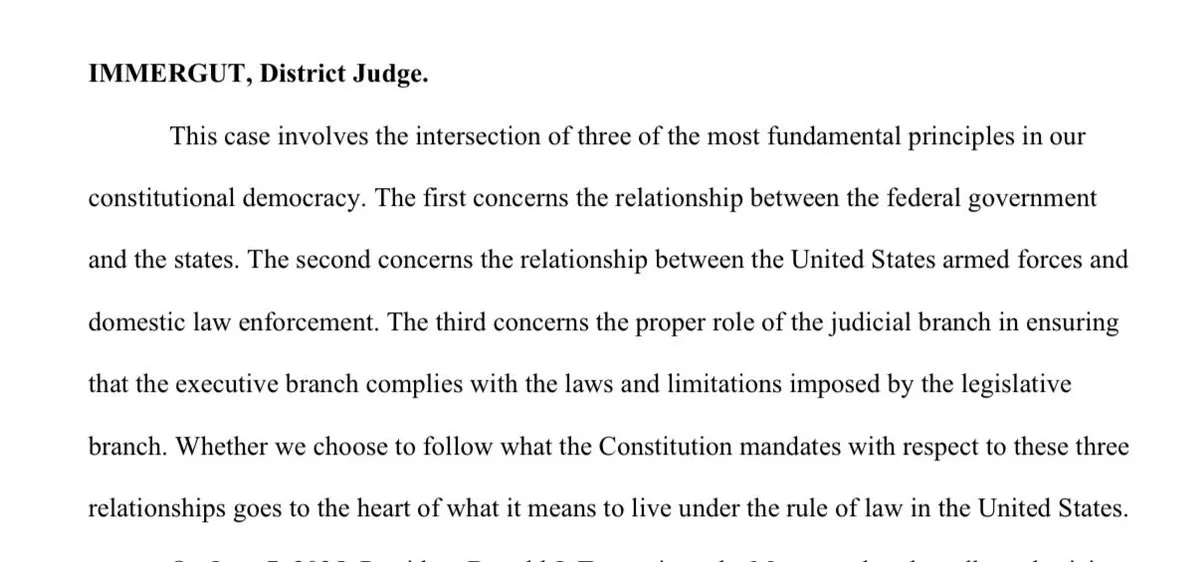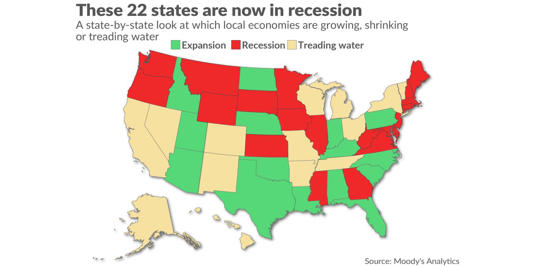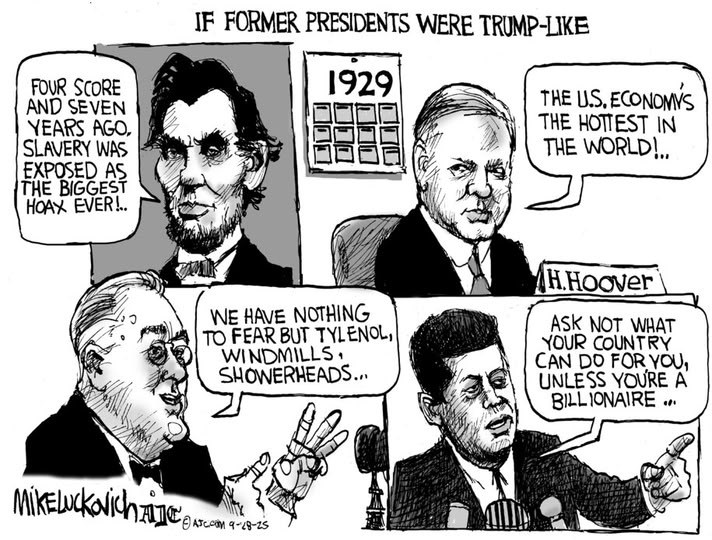curated news excerpts & citations
Dan Wang and Arthur Kroeber: The Real China Model
Beijing’s Enduring Formula for Wealth and Power
A decade ago, planners in Beijing unveiled Made in China 2025, an ambitious scheme to take leadership of the industries of the future. The plan identified ten sectors for investment, including energy, semiconductors, industrial automation, and high-tech materials. It aimed to upgrade China’s manufacturing in these sectors and others, reduce the country’s dependence on imports and foreign firms, and improve the competitiveness of Chinese companies in global markets. The overarching goal was to transform China into a technological leader and turn China’s national champion firms into global ones. The government backed this vision with enormous financial support, spending one to two percent of GDP each year on direct and indirect subsidies, cheap credit, and tax breaks.
China has been wildly successful in these efforts. It not only leads the world in electric vehicles and clean technology power generation; it is also dominant in drones, industrial automation, and other electronics products. Its lock on rare-earth magnets produced a quick trade deal with U.S. President Donald Trump. Chinese firms are on track to master the more sophisticated technological goods produced by the United States, Europe, and other parts of Asia.
And yet China’s model still has many skeptics. Lavish funding, they point out, has led to waste and corruption. It has created industries in which dozens of competitors manufacture similar products and struggle to make a profit. The resulting deflation makes companies wary of hiring new staff or raising wages, leading to lower consumer confidence and weaker growth. China’s economy, which once looked poised to overtake the United States’ as the world’s biggest, is mired in a slowdown and may never match the American one in total output.
These problems are not trivial. But it is a serious error to think they are big enough to derail China’s technological momentum. …
(Dan Wang and Arthur Kroeber more…)
-
CoolDown: New data reveals revolutionary change happening across national power grid: ‘Undoubtedly symbolic’
“A fundamental strategy for tackling risks.”

Solar and wind power generated a third of Brazil’s electricity in August 2025. This is the first month both power sources have ever generated that much energy, according to the Associated Press.The previous high for both sources of energy was 18.6 terawatt-hours (TWh) in September 2024, per Ember Energy. In August 2025, Brazil’s solar and wind power generated a combined 19 TWh of electricity, or 34% of Brazil’s electricity. That is enough to power 119 million Brazilian homes for a month.
(CoolDown more…)Bill McKibben: It’s hard to drone a solar panel
The war in Ukraine may be adding resilience to the list of clean energy’s virtues
Vox: Your expensive power bill is part of an alarming trend
-
BBC: At least 30 injured in Russian strike on railway station, Zelensky says
“The Russians could not have been unaware that they were targeting civilians. This is terrorism, which the world has no right to ignore,” Zelensky wrote on X.
-
Block CLub Chicago: Family, Grocery Shoppers Run As Masked Agent Throws Smoke Bomb Onto Busy Chicago Street
Federal immigration agents appeared to be targeting Rico Fresh grocery store in Logan Square. “I thought this is a country where I can have freedom,” one witness said. “Did I think this would happen to me in America? No.”

(Block CLub Chicago more…)USA Today: A US citizen was arrested by ICE… twice. Now he’s suing the Trump administration
A U.S. citizen is suing the Trump administration after ICE arrested him twice despite valid ID.
Jack Hopkins: Night Knock: Chicago, 3:11 A.M.
A fireball-from-hell field report, told through the eyes of the people who lived it
-
Joyce Vance: Project 2025: Taking on the Constitution
…
Tonight, a federal judge in Oregon who was appointed by Donald Trump during his first term in office ruled he could not federalize the National Guard in that state. It’s a 14-day temporary injunction, but the Judge ruled the state of Oregon had shown it had a strong chance of success on the merits, would suffer irreparable injury in the absence of an injunction, and that the balance of equities and public interest were in its favor.

(Joyce Vance more…)Jeff Tiedrich: make no mistake, this is the Project 2025 shutdown
Anne Applebaum: Grim Reapers
Trump and his cronies cackle about destroying America. Will Americans fight back?
-
MarketWatch: Are we in a recession? Yes — if you live in one of these 22 states.

(MarketWatch more…)Yahoo! Finance: Trump’s Tariffs: How Much 5 Popular Items Have Increased in Price Since April
-
Washington Post: Trump plan would limit disability benefits for older Americans
Trump administration officials are considering eliminating age as a factor in deciding whether someone is capable of working.
-
John Pavlovitz: Now That Fascism is Here…

…
The current President is keeping his campaign promise to be a “dictator on day one,” wiping out decades of protections and partnerships with the stroke of a pen. …
…The question is, whether or not we have enough good people who are willing to push back and to move together across lines of politics and religion and race and nation of origin and orientation—and to declare our interdependence from fascism.
Do we have the desire and the energy and the diligence and the courage to join our disparate voices into one singular, furious choir that refuses to stop loudly singing songs of freedom for everyone?
Do Americans have the attention span and intestinal fortitude to fight like they’ve never had to fight before because they’ve never had to go to war with their government in this way before?
Will we refuse to tolerate injustice in the name of national greatness or divine will, to reject and oppose denials of people’s worth and humanity, even when it comes from our party or our church or our families?
And perhaps most of all, do we have the humility not to imagine that we are too intelligent or spiritual or informed not to become as hateful as we have seen other people become?
May we be our best selves in this moment, so that History one day tells our story as one where disparate humanity twisted the plot.
Now that fascism is here, let’s pray we have what is needed to drive it back to the hell it came from.
(John Pavlovitz more…)

-
Wired: There’s Never Been a Worse Time to Be Authentic at Work
Workers have been told to bring themselves to work, only to be disappointed time and time again, argues author Jodi-Ann Burey in her new book.
-
AXIOS: MAGA wages campaign to redefine “hate” after Kirk killing
…
Context: MAGA’s backlash to the civil rights groups comes as the number of hate crimes in the past few years hit record levels. Analysts say antisemitic crimes rose again last year.
(AXIOS more…)
-
USA Today: A university censorship conference gets censored? This is Trump’s America. | Opinion
After years of hearing conservatives cry wolf about cancel culture and claiming campuses were ‘silencing conservative voices,’ this is the cherry on the hypocrisy sundae.
…Republican laws and Trump’s threats mean you can’t call censorship harmful?

(USA Today more…)Rolling Stone: ‘They Need to Suffer’: Inside Trump’s War on Dissent
After Charlie Kirk’s murder, Trump expanded his war on free speech, the left, and ordinary Americans. It’s going to get worse

Timeline: Tracking the Trump Justice Department’s Anti-Voting Shift
Tracking the Lawsuits Against Trump’s Agenda
Trump Pardons Database
Project 2025 Tracker
DOGE Tracker
ProPublica: Elon Musk’s Demolition Crew
Wired: 6 Tools for Tracking the Trump Administration’s Attacks on Civil Liberties
